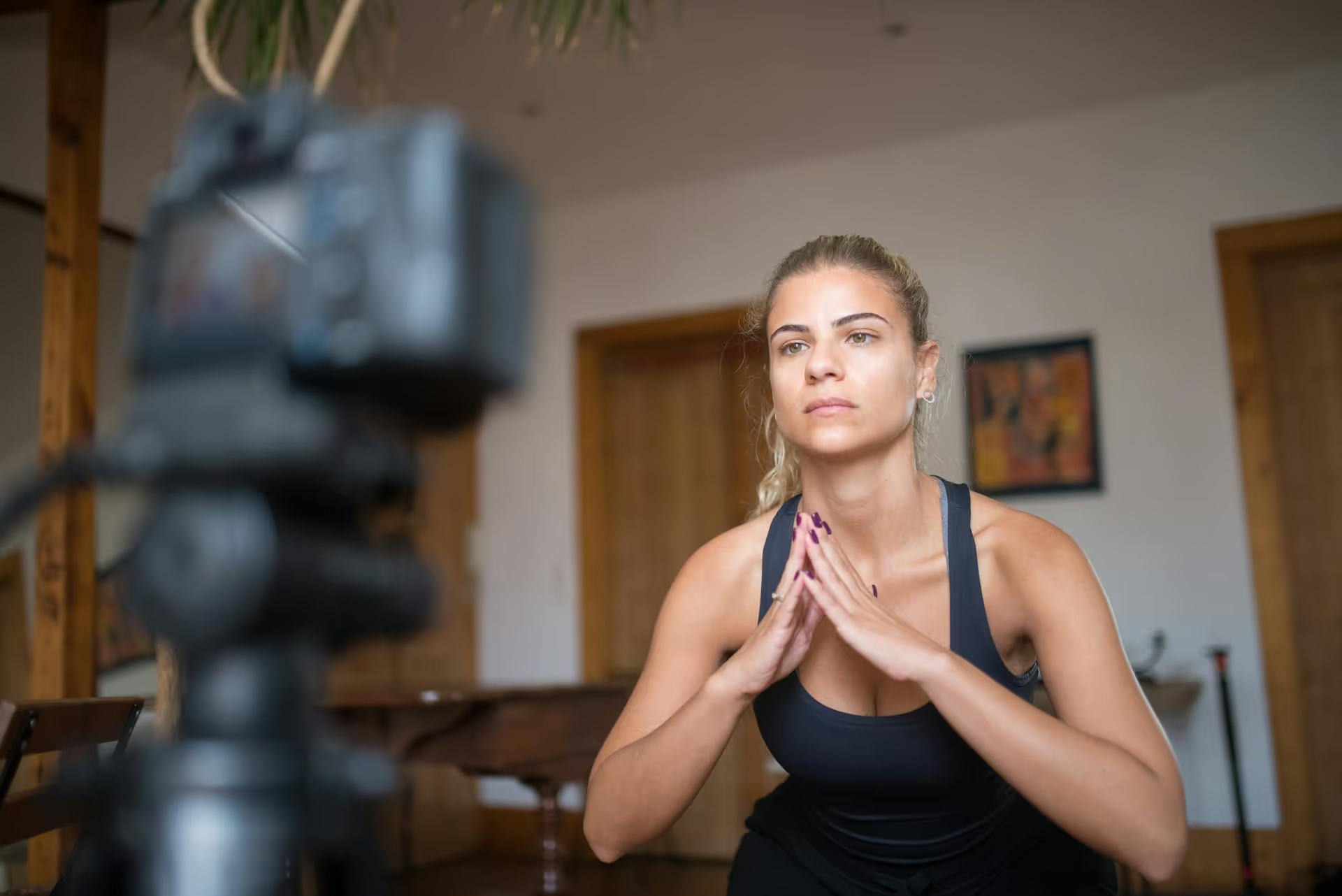How to Add Social Media Icons to an Email Signature
Enhance your email signature by adding social media icons. Discover step-by-step instructions to turn every email into a powerful marketing tool.

Finding the right Amazon fashion influencer can add rocket fuel to your brand's growth, connecting your products with shoppers ready to buy. But knowing where to look and what to look for is the difference between a stalled campaign and skyrocketing sales. This guide breaks down the exact strategies for discovering, vetting, and partnering with authentic Amazon fashion influencers who genuinely move the needle.
Before you start your search, it’s important to understand who you're looking for. An Amazon Influencer is different from a standard Amazon Associate. While both earn commissions on sales, approved influencers get a major perk: a custom, shoppable Amazon Storefront.
Think of it as their own curated boutique on Amazon, filled with their favorite products organized into lists (e.g., "Fall Outfit Ideas," "Beach Vacation Essentials"). When they create content on Instagram, TikTok, or YouTube, they don't just send followers to a single product link, they direct them to their entire storefront. This is a huge advantage for brands because:
Your goal is to find influencers with active, well-curated storefronts that align with your brand's aesthetic and target audience.
You can't just wait for the perfect influencer to find you. You need to be proactive and systematic in your search. While you’ll find most influencers on social media platforms, you can also search directly on Amazon itself.
Starting your search on Amazon can help you find influencers who are already deeply engaged with the platform. Here’s where to look:
Most of your discovery will happen on platforms like Instagram, TikTok, and YouTube, where fashion content thrives. The key is to know how to identify creators who are part of the Amazon Influencer program.
Hashtags are your map to finding relevant influencers. Go beyond the obvious and combine broad terms with niche-specific ones.
#amazonfashion, #amazonfinds, #amazonstyle, and #founditonamazon. These will give you an overview of the landscape.#amazonworkwear, #petiteamazonfashion, #amazonweddingguestdress, or #amazonmomstyle.#amazonlinenpants or #amazonspringfashion during that season. This is where you’ll often find micro-influencers with highly engaged, specific audiences.When you're scrolling through these hashtags, look for creators who consistently post about Amazon products and, most importantly, mention their "Storefront" or "Amazon page" in their captions or bio.
The search functions on TikTok and Instagram are incredibly powerful for discovery. Instead of just using hashtags, search for entire phrases as a user would.
In both cases, you're looking for one glaring clue: a reference to their "link in bio." An official Amazon influencer will almost always have a link in their profile that directs followers to their Amazon Storefront. If their Linktree or bio links directly to shop.amazon.com/shop/[influencer_name], you've found one.
Your competitors have likely already done some of the work for you. Go to the Instagram or TikTok profiles of brands similar to yours and look for:
Finding potential partners is only half the battle. Now you need to vet them to ensure they’re a good fit for your brand and will deliver a return on your investment. Avoid getting distracted by a big follower count - it can be a misleading metric.
An influencer’s engagement rate - the percentage of their audience that interacts with their content - is far more important than their number of followers. A creator with 10,000 highly engaged followers is much more valuable than one with 100,000 who get minimal interaction.
Does their content style match your brand's aesthetic? Imagine their photo or video on your own social media feed. Would it look out of place?
This is a step most brands skip, but it's critical. Go to their Amazon Storefront and evaluate it like a customer.
Once you've identified a handful of high-potential influencers, it's time to reach out. Your initial message should be professional, personal, and straight to the point.
Building strong relationships with influencers is a powerful way to expand your brand's reach and drive sales on Amazon. By following a structured approach to discovery, a thorough vetting process, and professional outreach, you can build a team of authentic advocates who turn their influence into real revenue.
In the end, finding the right Amazon fashion influencer is an art and a science. It combines methodical research with a keen eye for authenticity and brand alignment, moving from broad searches to focused vetting to create partnerships that generate real results on social media and on your Amazon product pages.
Once you kick off these partnerships and user-generated content starts rolling in, managing the engagement can get complicated fast. We built Postbase for this exact challenge. Our platform brings all your comments and DMs from every social platform into one unified inbox, so you can engage with the community your influencers are building without hopping between apps. And when you have campaign content ready to go, our visual calendar makes planning and scheduling it across all your socials incredibly simple.
Enhance your email signature by adding social media icons. Discover step-by-step instructions to turn every email into a powerful marketing tool.
Learn how to add your Etsy link to Pinterest and drive traffic to your shop. Discover strategies to create converting pins and turn browsers into customers.
Grant access to your Facebook Business Manager securely. Follow our step-by-step guide to add users and assign permissions without sharing your password.
Record clear audio for Instagram Reels with this guide. Learn actionable steps to create professional-sounding audio, using just your phone or upgraded gear.
Add translations to Instagram posts and connect globally. Learn manual techniques and discover Instagram's automatic translation features in this guide.
Optimize your Facebook Business Page for growth and sales with strategic tweaks. Learn to engage your community, create captivating content, and refine strategies.
Wrestling with social media? It doesn’t have to be this hard. Plan your content, schedule posts, respond to comments, and analyze performance — all in one simple, easy-to-use tool.